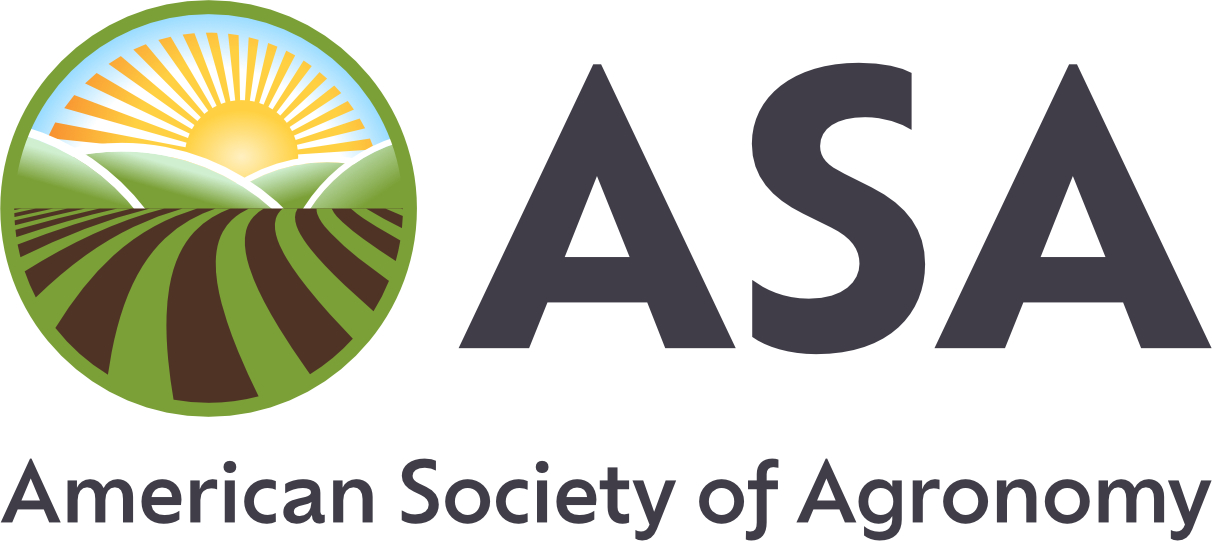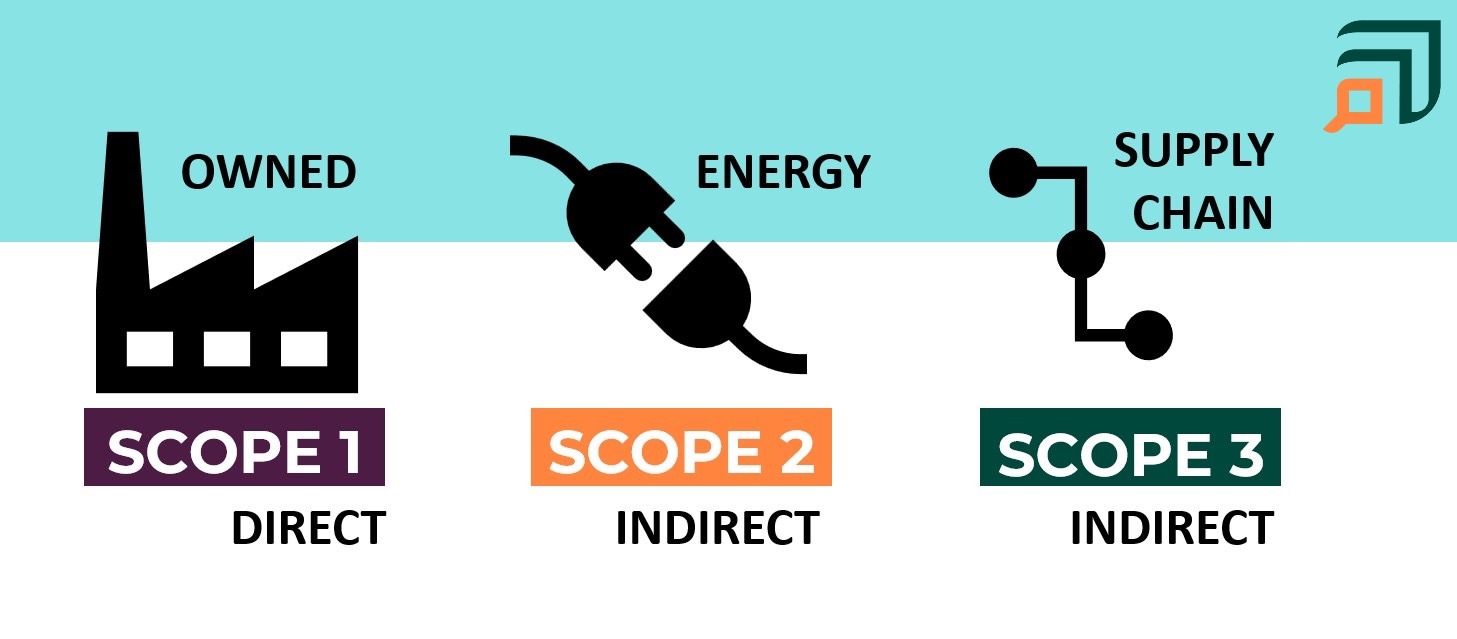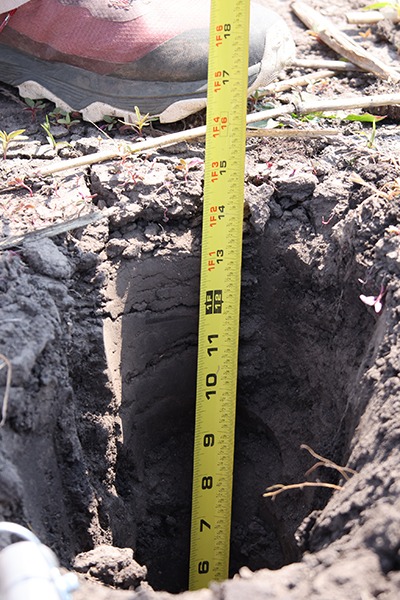What Are Scope 1, 2, and 3 Emissions?
The short answer: Scope 1 emissions account for direct emissions from a company’s owned or controlled resources. Scope 2 and 3 emissions tally indirect emissions from purchased energy use and the company’s supply chain, respectively.
Back it up: These scopes help companies account for all of their greenhouse gas (GHG) emissions. Classifying emissions by “scope” helps make sure that two or more companies are not tallying their direct and indirect emissions twice. And they help companies—and agricultural producers—understand their baseline emissions so that they can reduce them or purchase offset credits to mitigate them.
- Emission “scopes” were first introduced as part of the The Greenhouse Gas Protocol Corporate Standard in 1998.
- Carbon dioxide, methane, nitrous oxide, hydrofluorocarbons (HFCs), perfluorocarbons (PFCs), and sulfur hexafluoride (SF6) are included in greenhouse gas accounting standards.
Break it down: What counts as part of each emissions scope?
Scope 1 emissions include direct emissions from the organization’s owned or controlled sources. There are four types of Scope 1 emissions:
- Process emissions are those from industrial processes that involve chemical or physical changes, like manufacturing cement or ammonia.
- Company vehicles are another key source of Scope 1 emissions—this includes any greenhouse gases emitted during driving or transportation by fleet vehicles.
- Company facilities are major Scope 1 emissions. Any GHGs generated while keeping company buildings and facilities and running are captured here.
- Fugitive emissions are those resulting from leakage, whether accidental or from a catastrophe. Examples include refrigerant leaks and escaped greenhouse gases from appliance, storage tanks, or pipelines.
Scope 2 emissions include indirect emissions from the energy that the company consumes from off-site sources.
- Greenhouse gas emissions from energy purchases are included in Scope 2 emissions, including electricity, steam, or heat.
- An example: if Scope 1 emissions include combusting diesel for the tractor’s engine, then Scope 2 emissions include using electricity from the local power plant to keep the lights on.
Scope 3 emissions include indirect emissions from both upstream and downstream in the company’s supply chain. Scope 3 includes all emissions not captured in an organization’s Scope 1 and 2 reporting. They’re a little tougher to quantify, since the web of an organization’s value chain can be sprawling and complex.
- Upstream emissions refer to all of the materials and transportation required before something gets to the company itself.
- Downstream emissions include processing and transportation of products created by that company. For a potato processing plant, for example, that might include the transportation and storage of the final product (say, frozen French fries) at a grocery store before it is finally sold to a consumer.
- As the US Environmental Protection Agency puts it, “Scope 3 emissions for one organization are the Scope 1 and 2 emissions of another organization.”
So what does this mean for agriculture? Emissions reporting by scope is an effort to quantify all aspects of greenhouse gas emissions, from those happening on site to those happening throughout the value chain. Like most companies and organizations, agricultural producers are part of the web of emissions as both emitters and part of other organization’s value chain.
- This has created some controversy, as producers might worry that the focus on Scope 3 emissions by companies that purchase agricultural products could result in more strict guidelines for the agricultural producers supplying the raw materials for those products.
- Agriculture is an ideal candidate for insetting emissions, as most agricultural suppliers play a role in the value chain of other companies. Becoming a part of a holistic insetting plan could help create more sustainable supply chains for agricultural products.
But there are also many opportunities for agricultural producers to decrease their Scope 1 and 2 emissions in their own operations. This should be a big part of a holistic emissions reduction plan. After all, adopting more efficient fertilizer application plans, water use, facilities, and using more fuel efficient machinery can all reduce agriculture’s impact on GHG emissions.
Photo by Scott Ymker on Unsplash.









